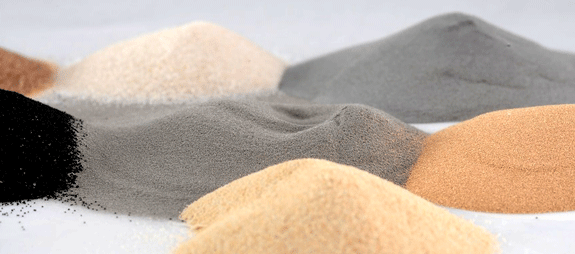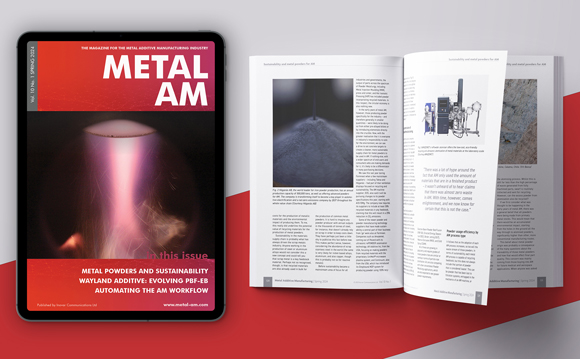ExOne announces six new materials for use in its 3D printing systems
March 11, 2015
The ExOne Company (Nasdaq: XONE), a global provider of three-dimensional printing machines and printed products to industrial customers, has announced that six additional materials are now printable in the company’s printing systems: Cobalt-Chrome, IN Alloy 718, Iron-Chrome-Aluminium, 17-4 Stainless Steel, 316 Stainless Steel and Tungsten Carbide.
“ExOne developed the latest printable materials for our binder jetting process as a result of our expanding customer development programs,” said Rick Lucas, ExOne’s Chief Technology Officer.
“Utilisation of these materials in ExOne’s machines will allow our customers to advance our binder jetting applications with their technologies. The diversity of this group of printable materials demonstrates the breadth of industries that ExOne touches, including the aerospace, automotive, energy, foundry and medical markets – broadening our addressable market.”
The expansion of materials capable of printing in ExOne’s systems now includes:
Cobalt-Chrome (Co-Cr)
Traditionally used in various fields where high wear-resistance is needed, including aerospace, bearings and blades, Cobalt-Chrome alloy has recently received more attention for medical applications due to excellent resistant properties, high melting points and strength at high temperatures.
IN Alloy 718
Commonly used for components in the aerospace, chemical and energy markets, with applications including gas turbine blades, filtration and separation, heat exchanger and molding processes, the alloy is desirable due to its oxidation and corrosion-resistant qualities, able to retain its strength even when subjected to extreme environments.
Iron-Chrome-Aluminum (FeCrAl)
Offering superior properties as compared to the other alloys, Iron-Chrome-Aluminum alloys are widely used in electrical furnace, electrical oven, home appliance, electrical heater and infrared settings.
17-4 Stainless Steel and 316 Stainless Steel
17-4 and 316 Stainless Steel both have broad applications in the automotive, medical and general industry markets, used to produce a range of products, including surgical tools, metallic filters, pumps, impellers and structural automotive parts. Both grades are known for their excellent mechanical and corrosion resistance properties and cost-effectiveness.
Tungsten Carbide (WC)
One of the hardest carbides with a melting point of 2770°C, Tungsten Carbide is mainly used in the production of high wear-resistant abrasives, carbide cutting tools (knives, drills and circular saws), and milling and turning tools used by the metalworking, woodworking, mining, petroleum and construction industries.
ExOne stated that it generally qualifies materials for production printing through customer partnerships at one of its research and development centres, or in its eight worldwide production service centers (PSC). The company has previously qualified 420 Stainless Steel infiltrated with Bronze, 316 Stainless Steel infiltrated with Bronze, Iron infiltrated with Bronze, IN Alloy 625, Bronze, Bonded Tungsten and glass. The Company has also qualified silica sand and ceramic sand for indirect printing.
These qualified materials are distinguishable from printable materials in that they are commercially available for sale in industrial densities or for finished products printed at an ExOne PSC. ExOne manufactures and sells direct and indirect printing systems as well as printable and qualified materials, binder, cleaner and other consumables for use in its machines.
Subscribe to our FREE e-newsletter
- Sign up for our FREE e-newsletter here
Useful links: News | Articles | Introduction to metal Additive Manufacturing

















